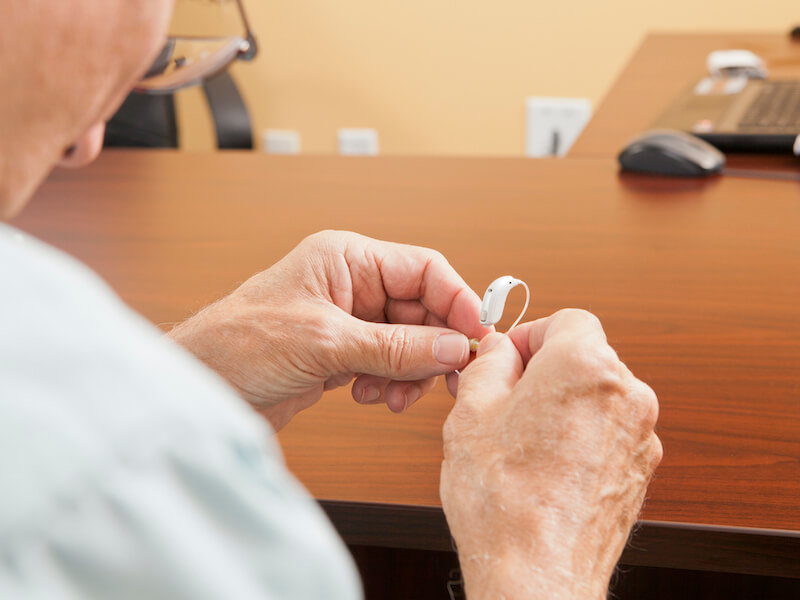
You go above and beyond to make sure your hearing aids are well taken care of. When you go to sleep, you always put them comfortably on the charger and you clean them every day.
Suddenly and distressingly, your hearing aids are no longer working the way they used to. Fortunately, there are some steps you can take to diagnose the problem. Not doing any more damage is your number one priority so you won’t need to replace them.
Troubleshooting your hearing aid
Of course, when you first got your nice new hearing aids, you made a point of storing the owner’s manual in a safe spot. You’ll want to get it out so you can utilize it for troubleshooting and, possibly, maintenance. Following your owner’s manual is essential because every model of hearing aid is different.
On most models there are some other things you can check, here are a few:
- Keep your microphone clear: Check your hearing aid to find out if anything is blocking the microphone. Your hearing aid may feedback or merely fail to work if the microphone is blocked.
- Wax accumulation: Perform a visual check of your hearing aid to ensure that there is no wax accumulation interfering with basic functionality. Wax can accumulate quickly even if you clean your hearing aids frequently so make sure you double check.
- Look for noticeable damage: Does your hearing aid have any obvious loose components or cracks around its shell? Cracks, clearly, could indicate more significant damage (or let in moisture).
- Check your battery: You’ll still want to check the battery power even if you had your hearing aids charging overnight. If your hearing aid has replaceable batteries, it may be a good idea to check if those batteries are correctly inserted or if a new one solves the problem.
Once again you can learn how to address each of these concerns by referring to your owner’s manual. In some cases, you may be able to perform maintenance yourself.
When does my hearing aid need repair?
If your hearing aid keeps malfunctioning after you have performed basic maintenance and troubleshooting, it’s likely that your hearing aid will have to be professionally repaired. You need your hearing aids for almost every facet of your life so this might not sound really appealing.
You won’t automatically be without your hearing aid for extended periods of time just because it needs to be serviced. In some cases, we can repair your hearing aid in office while you wait.
Or, you’ll be able to bring your hearing aids in for professional assistance and get them back in just a few hours (this, of course, depends on the degree of the damage, all the more reason to get your devices in for repair as soon as you can).
But fast repair won’t be possible in all cases. And in those situations, you might find yourself in need of a backup pair of hearing aids. Perhaps you have an old pair that will do temporarily in a pinch. Or maybe we have a loaner pair you can borrow.
Get assistance with your hearing aids right away
It’s essential to have your hearing aid checked and repaired if you start to notice the audio quality is starting to fail.
Any amount of downtime needs to be avoided. Neglected hearing loss can affect your general health, including your mental health. Moreover, once your hearing aids are ignored in a box somewhere, it’s all too easy to pretend they’re not there, all the while, your hearing gets worse and worse.
Keeping those hearing aids in excellent working order is the key to keeping your hearing healthy. Keeping them charged, clean, and when needed, professionally repaired is the best way to do that.
